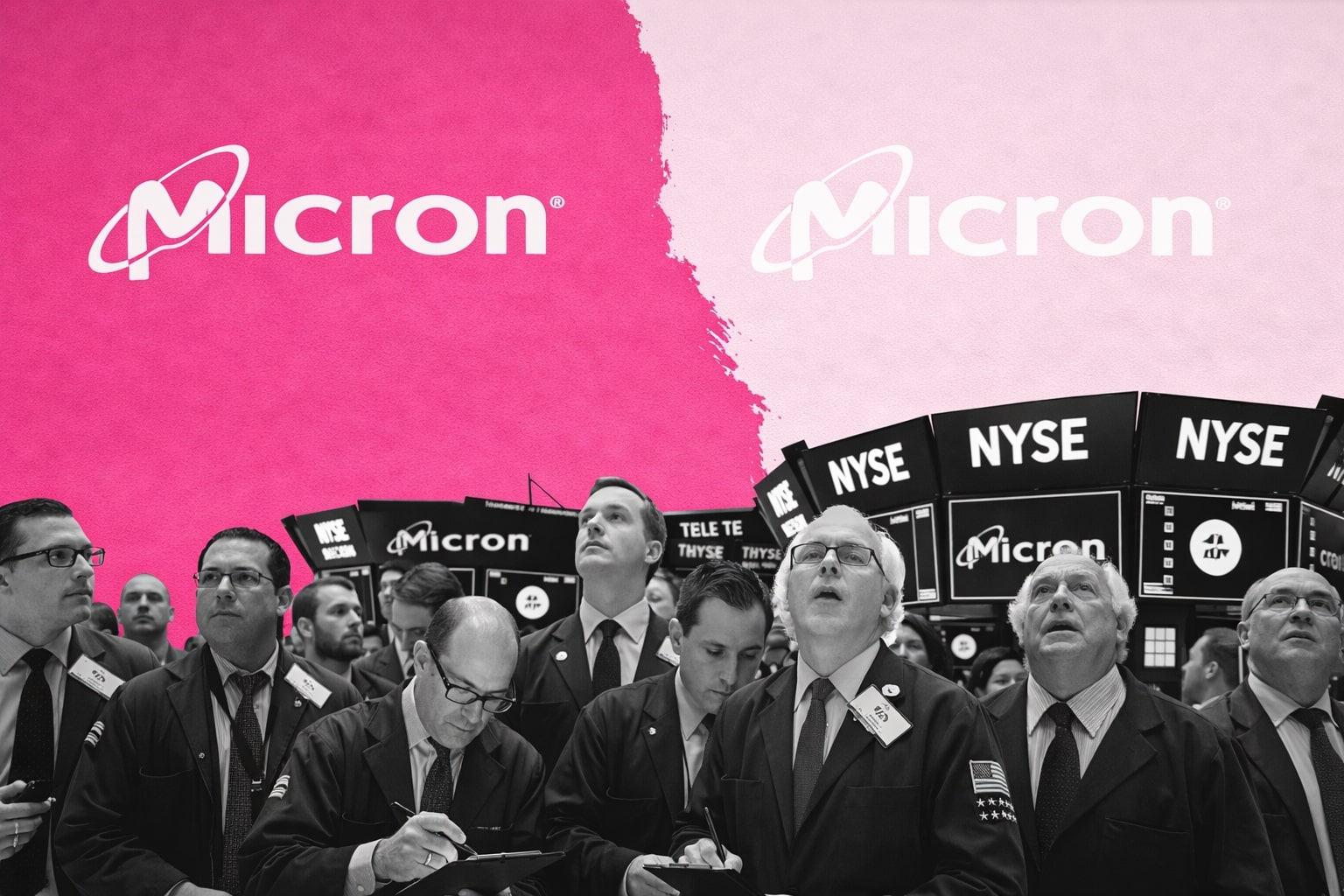
JAAA ETF at $50 Offers 5.96% Yield—Is This the Smartest Short-Term Income Bet?
Can JAAA Keep Paying Nearly 6% While Rates Fall and Inflows Surge Past $21B? | That's TradingNEWS
Floating-rate fortress: JAAA delivers 5.96% with near-zero duration risk
NYSEARCA:JAAA has become one of the most powerful short-term fixed-income tools available, offering a 5.96% trailing 12-month yield while sidestepping the interest rate risks that cripple traditional bond ETFs. With over $21 billion in assets, it holds nearly 400 AAA-rated CLO tranches—each structured to withstand substantial credit stress. Since inception in October 2020, JAAA has posted a 22.3% total return, outpacing ultra-short competitors like TFLO, which returned only 14.7% over the same period. Standard deviation stands at just 1.8%, while the worst drawdown hasn’t exceeded 2.3%, placing it in elite territory for risk-adjusted yield.
Institutional CLO design gives JAAA rare credit insulation
The power behind JAAA lies in the math of its underlying assets. These CLOs are structured with 33% subordination, meaning losses must burn through one-third of capital before touching JAAA’s AAA slices. Historically, B-rated leveraged loans—the riskiest layer beneath—have only hit double-digit default rates once, with the 1991 spike to 13.84% standing as the worst-case scenario. To erode JAAA’s income advantage over Treasury floaters, defaults would have to exceed 12.8% per year for five straight years. That’s a black swan, not a base case.
JAAA brings deep liquidity to a traditionally opaque asset class
Forget the idea that CLOs are illiquid and shadowy. JAAA trades with $350 million in daily volume, giving it more liquidity than many core bond ETFs. That allows institutional allocators and yield-starved advisors to rotate into AAA CLOs without sacrificing flexibility. By comparison, Treasury floater ETF TFLO trades just $110 million per day—making JAAA more accessible despite holding structured debt. The ETF wrapper transforms a specialist asset class into a retail-accessible, daily-liquid product.
JAAA vs ICLO: Yield isn’t everything if transparency breaks down
While rival ETF ICLO boasts a slightly higher 6.2% yield and a marginally lower 0.19% expense ratio versus JAAA’s 0.20%, the divergence in strategy is clear. ICLO exposes up to 15% of assets to non-AAA CLOs and allows foreign currency debt. In contrast, JAAA strictly caps non-AAA exposure, limits any single manager to 15%, and imposes a 10% ceiling on fixed-rate positions. That translates to stronger portfolio stability and clearer risk lines. JAAA’s top ten positions only represent 21% of total holdings, compared to ICLO’s 34%, signaling broader diversification.
The compounding income story: why retirement accounts love JAAA
For retirement-focused investors, JAAA’s income stream is more than just stable—it’s expanding. In 2021, $10,000 invested returned just $123 in income. By 2023, that figure exploded to $661, and in 2024 year-to-date, it has already surpassed $738. This is not driven by capital appreciation but by rising floating-rate income as the Fed pushed SOFR above 5%. It turns JAAA into a precision-tuned yield engine, with performance tied to short-term rates but unshackled from duration drag.
Are inflows compressing spreads? What happens when demand exceeds supply?
With JAAA now holding over 3% of the total CLO market, some analysts question whether its popularity will compress credit spreads and reduce its income advantage. While this hasn't materialized yet, rising demand for AAA-rated tranches could crowd the space. CLO managers have so far kept up with ETF appetite, but sustained inflows could make the 6%+ yield harder to maintain—especially if Treasury rates fall and CLO issuance slows. Still, structural protections remain intact, and JAAA’s role as a rate-hedged yield provider doesn’t change.
Verdict: BUY – JAAA is the safest 6% yield play in the ETF market today
JAAA is not just a yield vehicle—it’s a floating-rate machine wrapped in an institutional-grade structure. With 5.96% income, zero duration, $350M daily liquidity, and 30 years of historical zero-default backing in AAA CLOs, it sits at the top of its category. Investors worried about inflation, recession, or falling bond prices should view JAAA as a high-priority allocation. Unless the credit market suffers a never-before-seen apocalypse of defaults, JAAA stands resilient.
Final Rating: STRONG BUY
That's TradingNEWS
Read More
-
PYPL Stock Price Forecast - PYPL at $59.91; Is It a Bargain or Value Trap?
18.12.2025 · TradingNEWS ArchiveStocks
-
Ethereum Price Forecast - ETH-USD Slides to the $2,800s as ETF Outflows Mount and a $2,000 Flush Looms
18.12.2025 · TradingNEWS ArchiveCrypto
-
Oil Price Forecast - Oil Stalled Near $56–$60 as Venezuela Blockade Clashes With Oversupply Outlook
18.12.2025 · TradingNEWS ArchiveCommodities
-
Stock Market Today: Nasdaq, S&P 500 And Dow Jump As CPI Cools And MU Stock Rockets
18.12.2025 · TradingNEWS ArchiveMarkets
-
GBP/USD Price Forecast - Pound Holds 1.34 as BoE’s 3.75% Rate and Weak US CPI Pressure the Dollar
18.12.2025 · TradingNEWS ArchiveForex


















